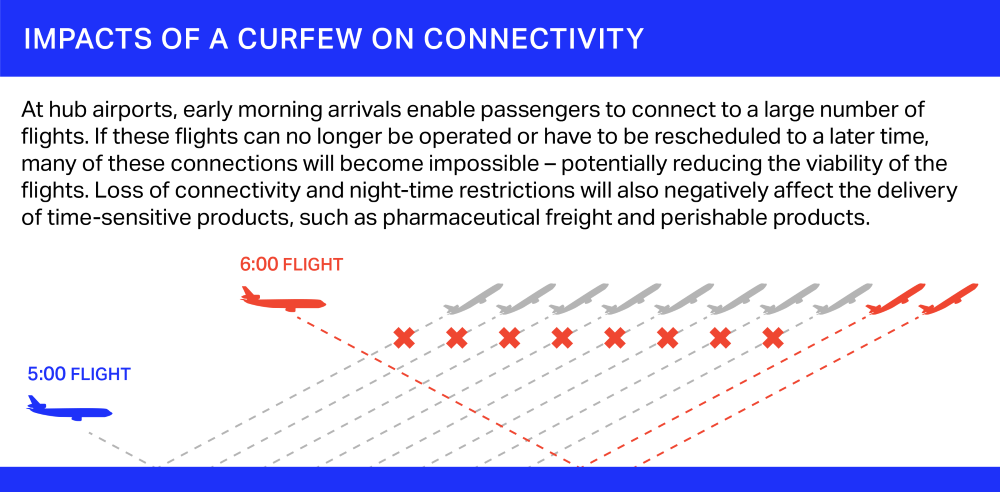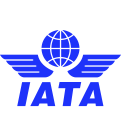Need Help?
We work proactively with ICAO to ensure standards are established to minimize aviation impacts on noise and local air quality.
Need Help?
Shrinking footprints
As a result of technological improvements, the noise footprint of new aircraft is at least 15% smaller than that of the aircraft they replace. Since the first ICAO international standards for aircraft noise were adopted in 1971, certification standards have periodically been made more stringent.
Noise problems need tailor-made solutions
The ICAO Balanced Approach to Aircraft Noise Management is the core principle of the Balanced Approach: noise situation at each airport is unique and there is no one-size-fits-all solution. The ICAO Balanced Approach requires that all available options be evaluated in order to identify the most suitable measure or combination of measures to mitigate a specific noise problem.
> See the fact sheet on the Balanced Approach to Aircraft Noise Management
Operating restrictions: a last resort
The ICAO Balanced Approach identifies four elements to address noise around airports: reduction at source, land-use management and planning, noise abatement operational procedures, and operating restrictions. Operating restrictions are measures that limit or reduce access to an airport. In view of the impact they may have on airlines, passengers and local economies, operating restrictions should not be introduced as a first resort but only after a full assessment of all available measures to address a demonstrated noise problem at an airport.

Night flights are critical for express delivery services, the transport of mail and time-sensitive products
Limiting engine emissions through technology
Emissions from aircraft engines that affect air quality are nitrogen oxides (NOx), carbon monoxide (CO), sulphur oxides (SOx), unburned hydrocarbons (HC), smoke and particulate matter (PM). Improved engine designs have gradually reduced the emissions of NOx and CO and have almost completely eliminated emissions of unburned hydrocarbons (HC) and smoke.
Certification standards for engine emissions
Aircraft engines have to meet mandatory certification requirements established by ICAO’s Committee on Aviation Environmental Protection. ICAO has adopted certification standards for NOx, CO, HC and smoke. In 2020, ICAO adopted a new certification requirement for non-volatile particulate matter, which will apply to new engine types from 2023.
A comprehensive approach
Aircraft are not the only or even the main source of local emissions around airports. Their contribution is relatively small compared to emissions from road traffic and other ground activities. Therefore, all sources must be considered in order to reduce total emissions. Measures should include, for instance, clean and efficient surface access to airports.
